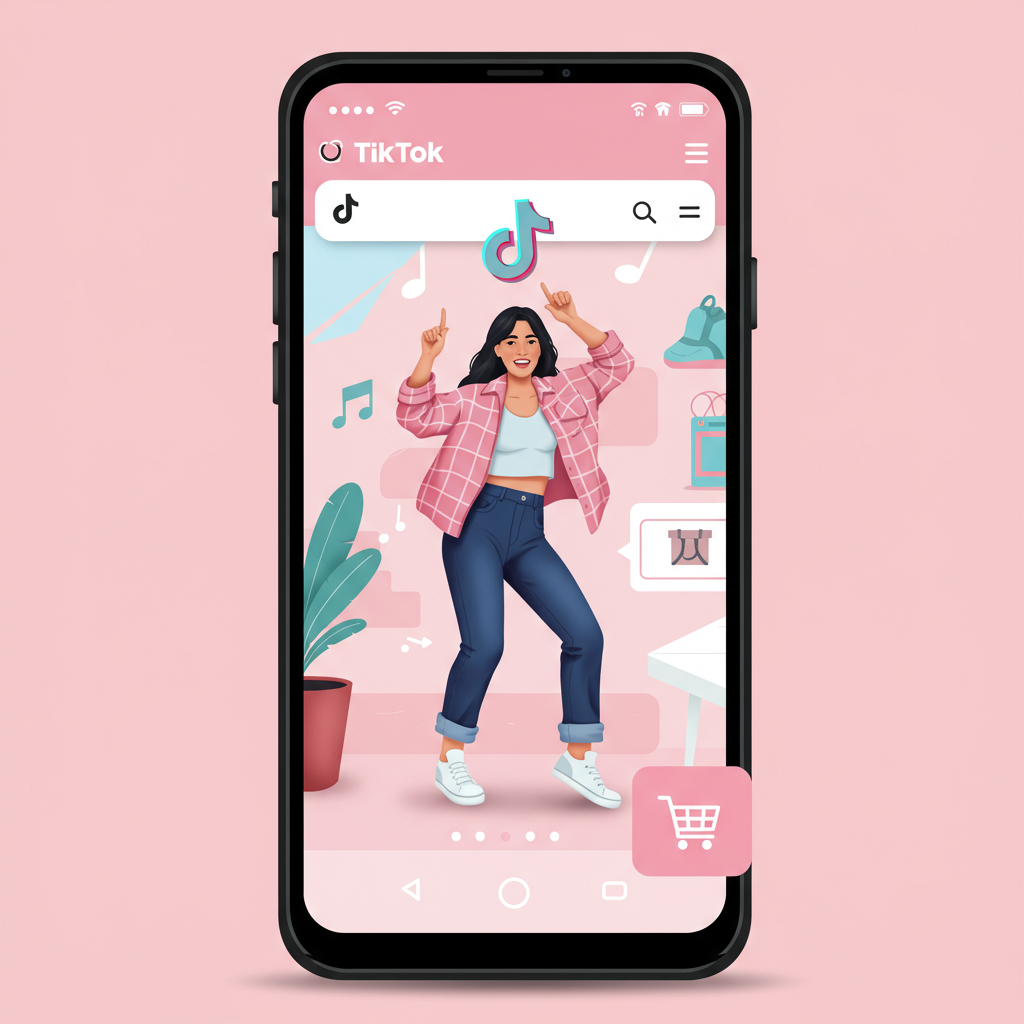A comprehensive guide for merchants on how I leverage TikTok’s creator ecosystem to drive significant growth and authentic engagement for my Shopify store.
As a Shopify merchant, I’m constantly exploring innovative ways to drive sales and expand my brand’s reach. In today’s dynamic digital landscape, one platform has emerged as an undeniable powerhouse for consumer engagement: TikTok.
It’s not just a platform for viral dances; it’s a vibrant marketplace where trends are born, products go viral, and authentic connections are forged between creators and their audiences.
This is precisely why I believe leveraging TikTok influencers is no longer an option but a strategic imperative for any Shopify store looking to thrive. I’ve seen firsthand the transformative power it can have.
TikTok’s algorithm is a marvel, capable of pushing content to millions based on engagement, not just follower count. This means even smaller creators can achieve massive reach, making it a level playing field for brands of all sizes.
Its short-form video format is incredibly addictive and perfect for showcasing products in action, demonstrating their benefits, and telling compelling brand stories in a digestible way.
But why influencers specifically? Because consumers today crave authenticity. They trust recommendations from real people they follow far more than traditional advertisements.
Influencers have cultivated dedicated communities built on trust and shared interests. When they genuinely endorse a product, their audience listens, and more importantly, they act.
My journey into TikTok influencer marketing began with setting clear, measurable goals. Before I even thought about finding an influencer, I asked myself: What do I want to achieve?
Is it direct sales? Increased website traffic? Brand awareness? Or perhaps gathering user-generated content? Defining these objectives upfront is crucial for guiding your strategy and measuring success.
The next, and arguably most critical, step is finding the *right* influencers. This isn’t about chasing the biggest names; it’s about finding creators whose audience aligns perfectly with your target demographic.
I always start by looking for niche relevance. If I sell eco-friendly home goods, I’m searching for creators focused on sustainability, minimalist living, or home decor, not just general lifestyle influencers.
Audience demographics are paramount. Does their follower base match my ideal customer’s age, location, and interests? Many influencer platforms and even TikTok’s Creator Marketplace provide these insights.
Engagement rates are far more important than raw follower counts. A creator with 50,000 highly engaged followers is often more valuable than one with 500,000 disengaged ones. Look for high likes, comments, shares, and saves.
Authenticity and brand fit are subjective but vital. Watch their content. Do they seem genuine? Does their style resonate with my brand’s voice and values? A mismatch here can feel forced and turn off potential customers.
For discovery, I’ve used a mix of methods. The TikTok Creator Marketplace is a great starting point, offering filters for audience demographics and performance metrics.
I also manually search TikTok using relevant hashtags and keywords related to my products or industry. This often uncovers rising stars or micro-influencers who might be a perfect, cost-effective fit.
Once I’ve identified potential partners, I consider the type of collaboration. Product reviews and unboxings are fantastic for showcasing features. Sponsored content allows for more creative storytelling.
Affiliate marketing, where influencers earn a commission on sales made using their unique discount code or link, is a performance-based model I particularly favor for direct sales.
Giveaways and contests can generate significant buzz and follower growth, while live shopping events offer real-time interaction and immediate purchase opportunities.
When crafting my pitch, personalization is key. I never send generic templates. I reference specific videos of theirs, explain why I think their audience would love my product, and clearly outline the value proposition for them.
My pitch includes details about the product, what I expect in terms of content (e.g., number of videos, specific talking points if any, but always allowing creative freedom), and the proposed compensation.
Negotiation is a natural part of the process. Payment models can vary from flat fees per video to commission-based structures or a hybrid. I always ensure deliverables, usage rights for the content, and clear disclosure requirements are outlined in a simple agreement.
Tracking and measuring success is non-negotiable. For direct sales, unique discount codes or affiliate links are my go-to. I also use the TikTok Pixel on my Shopify store to track conversions directly attributed to TikTok campaigns.
Google Analytics provides deeper insights into traffic sources and user behavior from TikTok. Calculating my ROI involves comparing the sales generated against the cost of the influencer campaign.
My best advice? Prioritize authenticity. Let influencers be themselves; their audience follows them for their unique voice. Give them creative freedom within your brand guidelines.
Building long-term relationships with successful influencers can be incredibly beneficial, turning them into genuine brand advocates. Don’t forget to repurpose their best content across your other marketing channels.
Stay updated with TikTok trends and sounds. What’s viral today might be old news tomorrow. Agility is crucial in this fast-paced environment.
While the potential is immense, I’ve also faced challenges. Finding the perfect fit can take time, and measuring direct ROI isn’t always straightforward without proper tracking.
Be wary of fake engagement or influencers with bot followers. Always do your due diligence. Despite these hurdles, the rewards of a well-executed TikTok influencer strategy for my Shopify store have been significant.
I genuinely believe that by embracing TikTok and its powerful creator ecosystem, you can unlock unprecedented growth for your Shopify business. It’s a journey worth embarking on.
What do you think about this article? I’d love to hear your thoughts on leveraging TikTok for your Shopify store.






